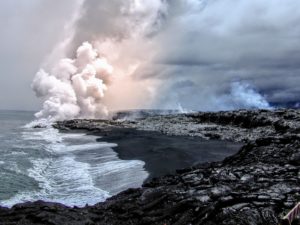
You’ve heard the term: “It’s a nice place to visit but I wouldn’t want to live there”. Well, we going to explore places that appeal to some for a short visit but wouldn’t want to overrun their stay.
The Kilauea Volcano on the Big Island of Hawaii is one of these places. A live volcano that spits out lava like a bottle pouring ketchup on a hamburger, but it doesn’t have a peak, instead it is rather flat; nevertheless, it is a live volcano.
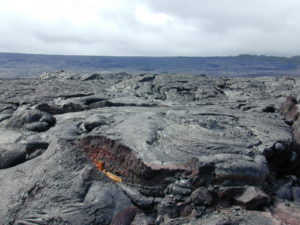
Just walk along the charred ground leading up to the lava plume and you will see what I am talking about.
A friend of ours traversed this chard ground, passing many warning signs of “danger to your health and possible death.” He walked for about a mile to the ocean to see the molten lava spewing down into the water from the rocks above. It was a sight to see and a place to visit, but you wouldn’t want to camp out there, not to mention live there.
There are, however, locations on this planet that are a little more charitable, and surprisingly, some people do make the places their home. Maybe not as treacherous as the Kilauea Volcano, but tough and scary just the same, as they are sitting right in the middle of mother nature’s hidden fury.
According to the World Health Organization, about 90,000 people are killed every year due to natural disasters. Globally, natural disasters affect almost 160 million people yearly. They have an immediate effect on lives and property, but in the long run, they can be detrimental to human survival.
The places which are most prone to natural disasters are considered to be the most dangerous places on earth. Let’s take a look at where they are.
I-44 Tornado Corridor
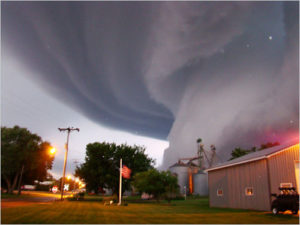
Ranked as one of the most dangerous places to live, the I-44 tornado corridor is located between Oklahoma City and Tulsa. This geographical location has been hit by hundreds of tornadoes since 1950. The only period when there were no tornados was between the years 1992 and 1998. The following year has been known to be one of the most deadly years in the history of Oklahoma and Tulsa.
In 1999, the area was hit by a series of 70 tornadoes that swept thousands of homes and killed hundreds of people in multiple cities. This series of tornadoes affected the areas of Kansas, Oklahoma, and Texas.
The areas of Oklahoma City and Tulsa are densely populated and are a home for over a million people. The spring season is particularly damaging for this location as the cool and dry air from the mountains collide with the warm, hot and humid air of the coastal area. As a result, most tornadoes hit the region in the spring season making it very difficult for people to live.
Guatemala
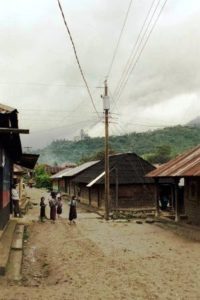
A relatively poor country south of Mexico in Central America, Guatemala is constantly affected by natural disasters, including earthquakes, hurricanes, droughts, tsunamis, and volcanic eruptions. According to a survey, natural disasters between 1975 and 2015 have caused damage that has cost a total of $9.1 billion.
A hurricane hit the country in 2005 caused severe damage. It also triggered landslides and floods. Multiple villages disappeared. With changes in the global environment, Guatemala is likely to experience an increase in temperatures and heatwaves, which can affect more lives.
Indonesia

Indonesia has managed to survive many natural disasters, including earthquakes, volcanic eruptions, and tsunamis. With a recorded history of natural disasters dating back to the 13th century, Indonesia has endured multiple disasters in the last three decades.
The most famous being the deadly tsunami of 2004, which caused 227,898 deaths. Being started by an earthquake of magnitude 9.1, this tsunami affected many other Southeast Asian countries, including Malaysia, Thailand, Maldives, and Sri Lanka.
Due to changes in the global climate, Indonesia has experienced one major natural disaster every year since the 2004 tsunami.
Africa’s Killer Lakes
Lake Kivu, Lake Nyos, and Lake Monoun, located in Congo and Cameroon are known as the “Killer Lakes of Africa”. These lakes have large volumes of methane and carbon dioxide stored underneath their surface. Eruption of these gases from the lakes has resulted in the creation of a gas cloud which has killed thousands of people in the region. According to research, the reason for this eruption is the volcanic activity taking place under the surface of these lakes.
Lake Kivu, located between Congo and Rwanda is the home for over 2 million people. However, this is a very dangerous zone as Lake Kivu, holds 2.3 trillion cubic feet of methane gas. It also holds around 60 cubic miles of carbon dioxide gas. Both these gases have a greenhouse effect. However, the release of these gases can immediately kill the entire population in the region.
Lake Nyos and Lake Monoun which also hold large reserves of these dangerous gases are located in Cameroon. People living around these lakes have experienced the eruptions of these harmful gases. The cloud of gas which formed after the release of CO2 and methane gas has killed thousands. Not only does it kills human beings, but it is also deadly for all creatures including plants and animals.
The population living there is under immense threat as any volcanic eruption under the lakes can kill the entire population living in the region.
The Cold Pole
The toughest place for human survival is near the poles. The cold and dry climate not only hinders the growth of vegetation and animals but is also detrimental to human survival. The oldest city located in the heart of Siberia is known as the Cold Pole. The Cold Pole is known to be the coldest place that is inhibited by humans. The Russians have been living in this harsh climatic zone for more than three centuries.
The river which flows in the region is frozen for nine months in a year and the city hardly sees sun during winters. During summers which range from September to March, the area gets sunlight for less than five hours per day. The temperatures during winters can go down to -60 degrees Fahrenheit, but this area of extreme climatic conditions is still home for 1,500 people.
China
The most populated country in the world has probably endured the most dangerous and deadly natural disasters in history. China is prone to many natural disasters, including earthquakes, floods, and typhoons.
China is located in a region where the Indian and Eurasian tectonic plates are always colliding. This makes China one of the most dangerous countries in the world when it comes to natural disasters. Out of the 10 most deadly earthquakes on the planet, the top three were experienced by China. Not only earthquakes but China’s coastal region is regularly hit by typhoons and storms.
Between 2000 and 2015, natural disasters in China have affected 1.6 billion people and resulted in damages worth $300 billion.
Creeping Sandbox, China
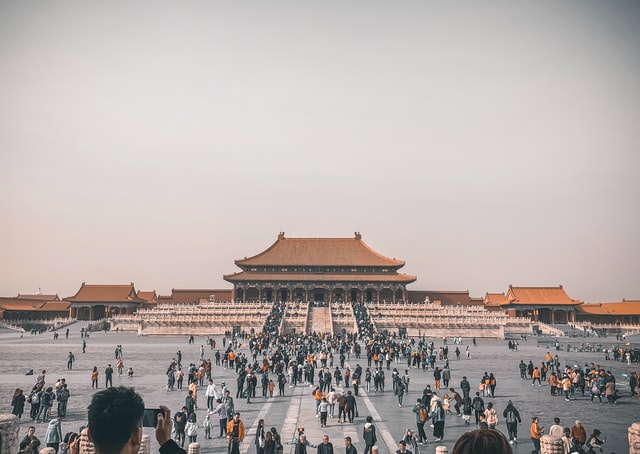
If China doesn’t have enough to worry about, the once fertile oasis located in the Minqin Country in China is now an arid land. The people residing there are under an extremely tough situation as they are trapped between two deserts that are growing at a rapid rate. Human activities like deforestation have increased the rate of desertification and each year, the desert is growing by 10 meters. As a result, the land is becoming arid and barren and farmers living there are unable to meet their agricultural needs.
Around two million people reside in this difficult climatic zone where there are 130 days of wind and sand storms each year. Due to extreme weather conditions and increased deforestation, the area of cultivable land has decreased from 360 sq. miles to 60 sq. miles. A number of farmers are relocating because of difficult living conditions. The government has also officially announced the relocation of displaced farmers in January this year.
Sahel Region of Africa
Slightly change the definition of natural disasters, and you will notice that drought can also be disastrous to a region – a natural disaster in its own right. The dry and arid region of the Sahel region situated right next to the Sahara desert is prone to droughts.
According to the UN Environmental Program, the drought in the Sahel region killed more than 100,000 people between 1972 and 1984. Over 750,000 people were dependent on food aid as they were unable to grow their crops due to extreme weather conditions and a shortage of water. Studies have shown that the exploitation of resources by humans has further increased the risk of drought in the future, making it one of the world’s most dangerous places.
Lake Nyos, Cameroon
As soon as you hear about a death toll of 1,700 people, the kind of natural disasters which may come to mind are earthquakes, volcanic eruption or a flood. No one can imagine that this high death toll can be the result of the release of carbon dioxide.
Lake Nyos is located in Cameroon with no signs of volcanic activity. However, this silent blue lake killed 1,700 people and thousands of animals due to an abrupt turnover of water. Studies have shown that the volcanic activity taking place underneath the surface releases carbon dioxide gas (CO2). This CO2 dissolved in the depths of the lake and the water became saturated with CO2.
The water which is rich in CO2 does not mix or circulate, causing layers to form. These layers do not mix with each other. However, there is a periodic turnover of water which releases the trapped CO2 into the environment.
This turnover which occurred in 1986 resulted in a sudden and disastrous release of CO2 into the atmosphere and killed many people. This periodic turnover continues to be a threat for people living near Lake Nyos in Cameroon.
Conclusion
There are many other places on earth that experience natural disasters of varying intensity, making them very dangerous places to live. With changes to the climate, the intensity and frequency of natural disasters have drastically changed. However, natural disasters are nothing but Mother Nature’s way of restoring balance to the earth.
